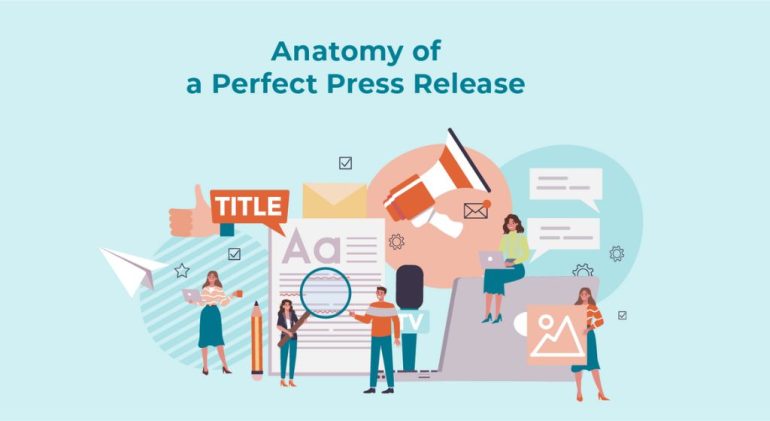A well-crafted press release can spark media interest, drive brand awareness and reach your target audience with clarity and impact. To achieve these goals, a press release must follow a clear structure, answer key questions and respect journalistic conventions. Here’s how to assemble the essential parts of a perfect press release.
1. Compelling Headline and Subheadline
Your headline is the hook. It should be concise—no more than ten to twelve words—and clearly convey the news angle. Use active language and avoid jargon.
If you can, include a strong verb or a surprising fact. A subheadline (optional) can elaborate on the headline by adding context or highlighting a secondary benefit. Together, they prime journalists and readers to engage with the rest of the release.
2. Dateline and Lead Paragraph
Begin with a dateline: the city, state (or city, country), and the date of release. This tells readers where and when the news is unfolding. Immediately follow with a lead paragraph that answers the “five W’s”—who, what, when, where and why.
Keep it tight: one or two sentences that deliver the core information. For example:
“London, April 26, 2025 – GreenTech Innovations today unveiled a solar-powered charging station designed to fit standard street lamps, making clean energy accessible to urban commuters.”
3. Supporting Body Paragraphs
After the lead, expand with two or three short paragraphs. Offer details such as:
-
Background and context: Why does this announcement matter now?
-
Key benefits or features: What sets your news apart?
-
Quotes: Include a brief quote from a company executive or relevant expert. Quotes humanize the story and give spokespeople a voice. Make sure each quote adds insight, not redundancy.
Use bullet points if you have multiple features or statistics. This helps editors skim and pick up the most newsworthy details.
4. Boilerplate
Conclude your narrative with a boilerplate: a standardized paragraph about your organization. This section should cover your mission, history, scope and any credentials that establish credibility.
Keep it under 100 words, written in the third person. Example:
“About GreenTech Innovations
Founded in 2010, GreenTech Innovations develops sustainable energy solutions for urban infrastructures worldwide. Our award-winning projects have reduced carbon footprints in over 50 cities.”

5. Media Contact Information
After the boilerplate, list your media contact. Include:
-
Name of the contact person
-
Job title
-
Company name
-
Phone number (with country code if appropriate)
-
Professional email address
-
Company website URL
Clear contact details make it easy for journalists to follow up for interviews, photos or additional data.
6. Formatting and Distribution Tips
-
Length: Keep the entire release under one page (around 400–600 words).
-
Style: Follow AP style guidelines—use short paragraphs, active voice and avoid superlatives like “best” or “revolutionary” unless you can back them up.
-
File types: Distribute as a plain-text email or an attached PDF. If using email, place the release in the body of the message rather than as an attachment, to increase the chance it gets read.
-
Timing: Send between 9 AM and 11 AM in your target media’s time zone, on weekdays. Avoid Mondays and Fridays when inboxes are busiest or staff is winding down for the weekend.
A perfect press release is both an art and a science. It combines clear, concise writing with a deep understanding of what journalists need to tell a story.
Always proofread for grammar and accuracy, tailor your angle to each outlet, and follow up politely if you haven’t heard back. With this structured approach, your next press release will stand out—earning coverage and building momentum for your news.

